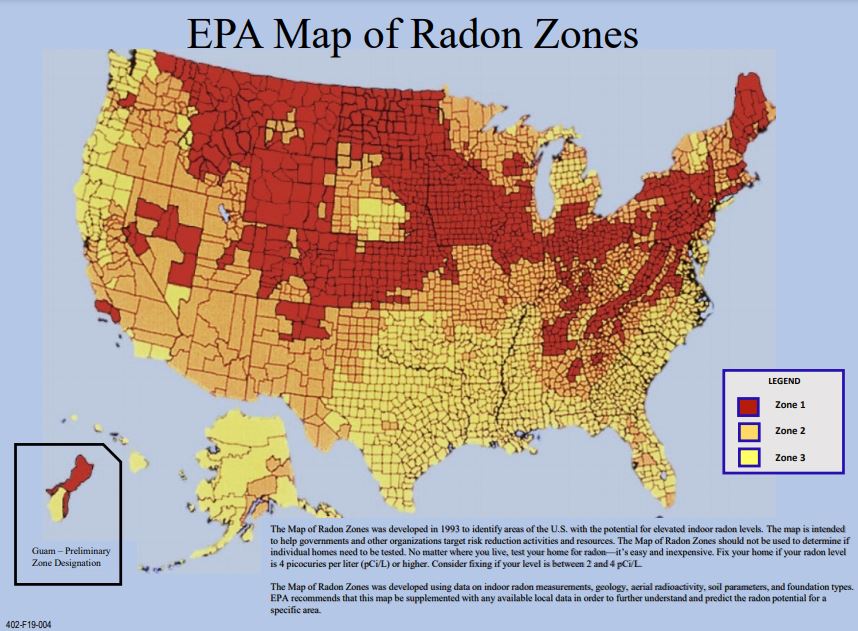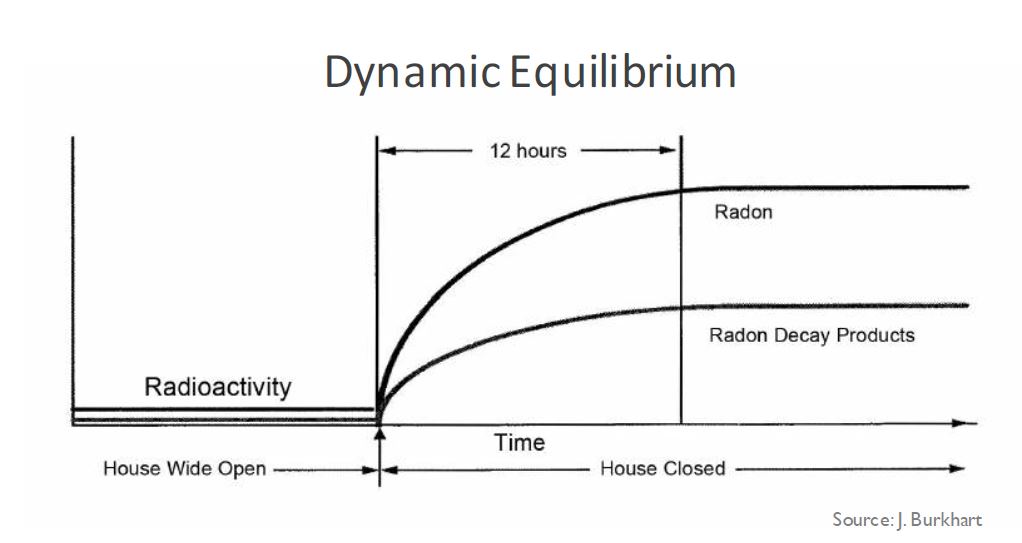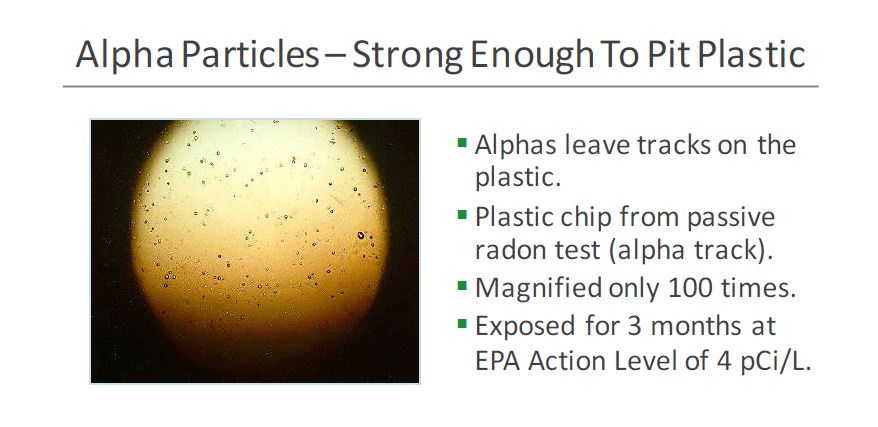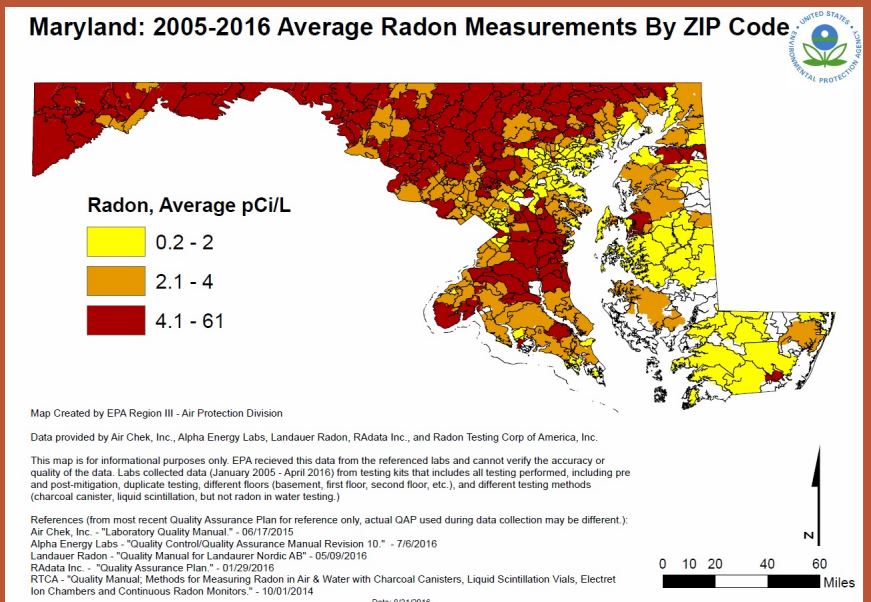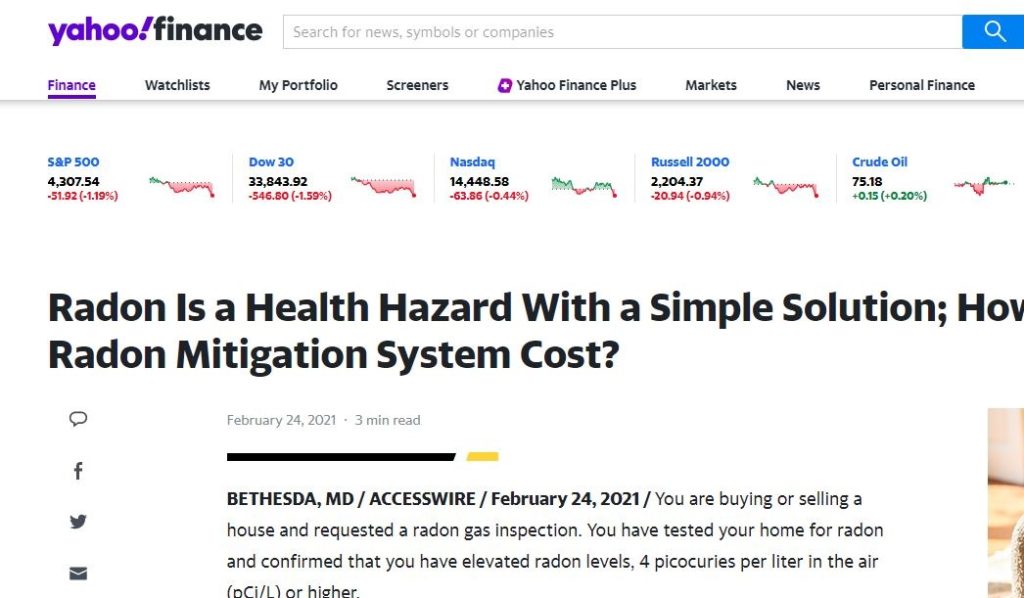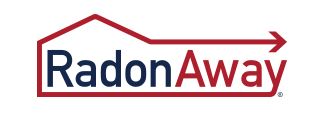How to Pass a Radon Test
Radon Inspection can be an important part of a real estate transaction and provide a room for seller and buyer negotiation .
The following requirement must be maintained in order to achieve a valid test:
- All exterior windows on all levels of the building must be kept closed. All exterior doors must be kept closed except for momentary entry and exit.
- These “closed building conditions” must have been maintained for 12-hours prior to the start of the test as well as throughout duration of the test.
- The thermostat must be set to normal occupied operating conditions with the temperature set between 65° and 80° F.
- The radon test device must not be moved, covered, or tampered with.
- High volume, whole-house, and window fans must not be operated. Fireplaces or wood stoves shall not be operated unless they are the primary heat source.
- Excessive use of clothes dryers, range hoods and bath fans should be avoided.
The ANSI-AARST Radon Standards recommend that radon measurements conducted for real estate transactions be performed using tamper-detection methods. Be forewarned that the radon monitor is capable of detecting and recording if the monitor is moved, and the hourly readings recorded will reveal any unusual swings in the radon concentration, temperature, barometric pressure, and relative humidity. The tester may choose to invalidate the test result if it appears the results are unreliable due to the suspicion of tampering.
Should that occur, the seller may incur the cost of a retest.
Question : if I open windows prior the test , will it lower my the radon and help to pass radon inspection?
Answer : It wont help , because as soon as windows closed during inspector visit , radon will come back to the house and reaches its prior dynamic equilibrium . 12 hours is normally sufficient for dynamic equilibrium to occur. EPA doesn’t include in radon inspection results first 12h of the test data for AVG level calculation during short term measurements

